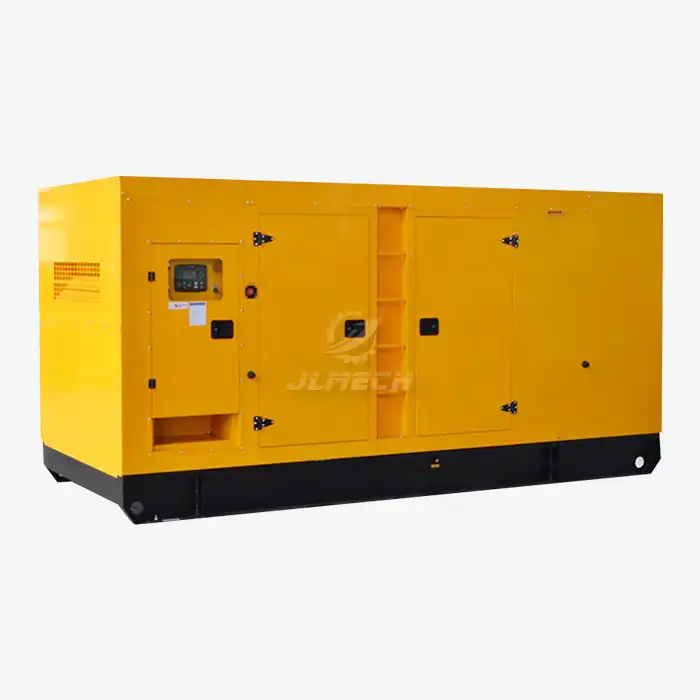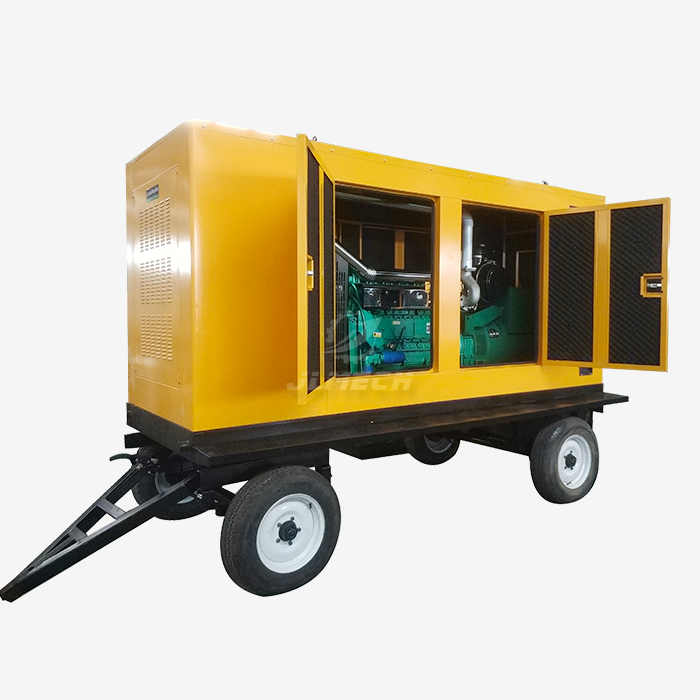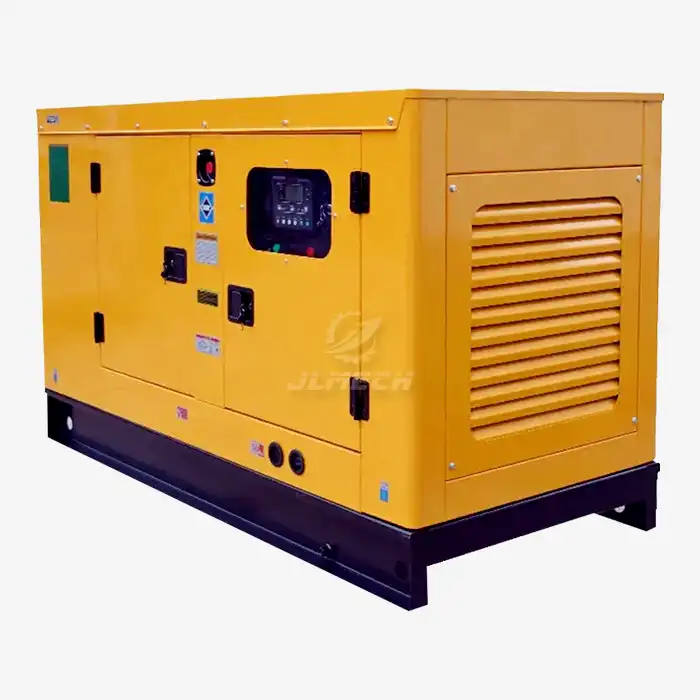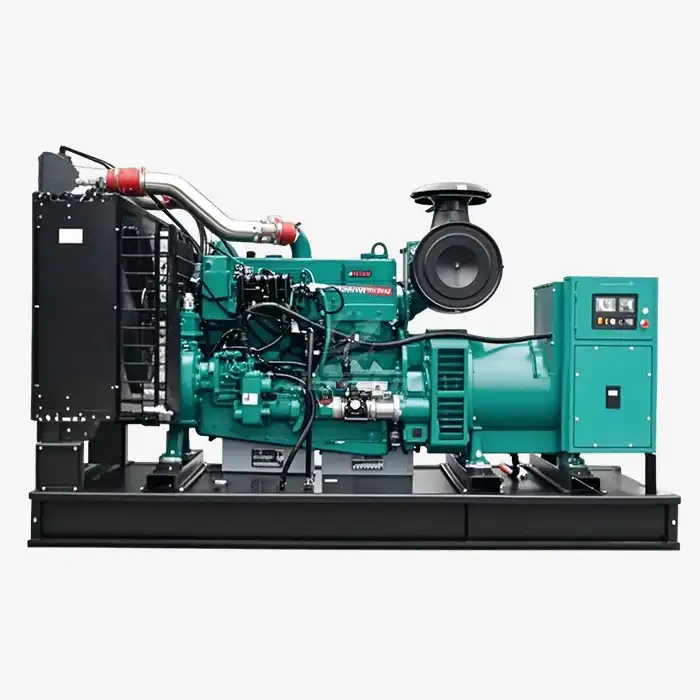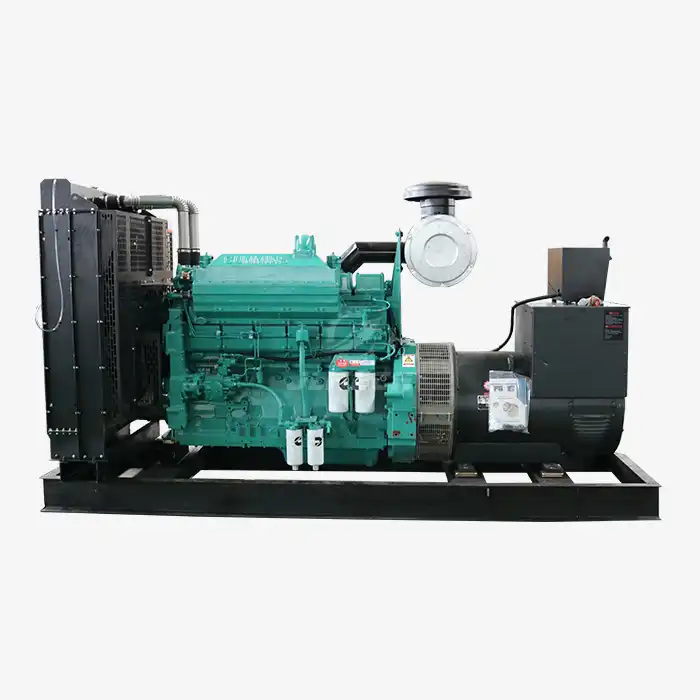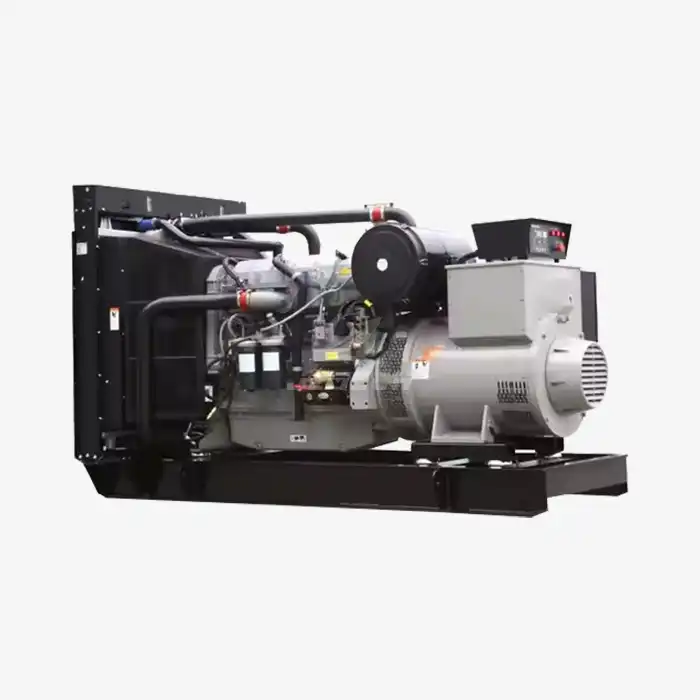Power Factor Explained: Understanding kW vs kVA in Generator Sets
To grasp the relationship between kW and kVA in diesel generator sets, we need to delve into the concept of power factor. Power factor is a measure of how effectively electrical power is being used in a system. It's expressed as a ratio between 0 and 1, with 1 being the ideal power factor where all power is utilized efficiently.
The Role of Power Factor in Electrical Systems
In practical terms, power factor represents the ratio of real power (kW) to apparent power (kVA). When the power factor is less than 1, it indicates that some of the electrical energy is not being converted into useful work. This inefficiency can occur due to inductive loads like motors, which create a phase difference between voltage and current.
Impact on Generator Selection
Understanding power factor is vital when selecting a generator set. A generator with a higher kVA rating but the same kW rating as another can handle loads with lower power factors more effectively. This capability is particularly important in industrial settings where equipment like motors, compressors, and transformers often have power factors below unity.
How to Convert Between kVA and kW for Diesel Generators
Converting between kVA and kW is a common task when working with diesel generator sets. The relationship between these two units depends on the power factor of the system.
The Conversion Formula
To convert kVA to kW, use the following formula:
kW = kVA × Power Factor
Conversely, to convert kW to kVA:
kVA = kW ÷ Power Factor
Practical Application
For example, a 500 kVA diesel generator set with a power factor of 0.8 would have a real power output of:
400 kW = 500 kVA × 0.8
This calculation illustrates why it's essential to consider both kVA and kW ratings when specifying generator requirements.
The Impact of Power Factor on Your Generator Set's Actual Output
The power factor of your electrical system directly affects the usable power output of your diesel generator set. A lower power factor means that a larger generator may be required to supply the same amount of usable power.
Efficiency and Cost Implications
Operating a generator at a low power factor can lead to increased fuel consumption and higher operating costs. It may also result in the need for a larger, more expensive generator than would otherwise be necessary.
Optimizing Generator Performance
To maximize the efficiency of your diesel generator set, it's important to: - Match the generator's capacity to your load requirements - Implement power factor correction measures where possible - Regularly maintain your generator to ensure optimal performance
At Jlmech, we understand the critical role that power factor plays in generator performance. Our engineers work closely with clients to ensure that the diesel generator sets we provide are optimally sized for their specific applications, taking into account both kVA and kW requirements.
Jlmech's diesel generator sets are designed to deliver reliable power across a wide range of industries. Our 500 kVA diesel generator set, for instance, boasts impressive specifications tailored for demanding applications:
- AC Output: 400 kW / 500 kVA
- Rated AC Voltage: 400/230 V
- Frequency: 50 Hz
- Engine Speed: 1500 RPM
- Phase: Three Phase
- Type: Available in Silent or Open Frame configurations
- Engine: Six-cylinder design
- Cooling Method: Water-cooled for optimal performance
- Starting Method: Electric start for convenience
- Customization: OEM/ODM options available
- Certifications: CE, Euro 5, EPA, and CARB compliant
This robust diesel generator set exemplifies Jlmech's commitment to providing high-performance power solutions. With ISO 9001/14001 certifications, a global network of 26 overseas offices, and a comprehensive 2-year warranty, we ensure that our generators meet the most stringent reliability and efficiency standards.
Conclusion
Understanding the difference between kW and kVA is essential for selecting and operating diesel generator sets effectively. By considering power factor and its impact on generator performance, businesses can ensure they have the right power solution for their needs, optimizing both efficiency and cost-effectiveness.
Are you looking for a reliable and efficient diesel generator set tailored to your specific power requirements? Jlmech specializes in designing and manufacturing premium generator solutions trusted by industries worldwide. With our extensive experience in power solutions and a commitment to technological innovation, we can help you find the perfect generator set for your needs.
Whether you're in the industrial, construction, healthcare, or commercial sector, our team of experts is ready to assist you in selecting the ideal power solution. Don't let power factor confusion impact your operations. Contact us today at skala@whjlmech.com to discuss how our high-performance diesel generator sets can meet your power needs efficiently and reliably.
References
- Smith, J. (2022). Power Systems Engineering: Understanding kW and kVA in Generator Applications. Energy Technology Review, 18(3), 45-62.
- Johnson, R. (2021). Diesel Generator Set Selection: A Comprehensive Guide for Engineers. Industrial Power Solutions, 7th Edition. McGraw-Hill.
- Lee, S., & Park, K. (2023). Impact of Power Factor on Generator Efficiency in Industrial Applications. Journal of Electrical Engineering, 42(2), 178-195.
- Brown, T. (2020). Optimizing Diesel Generator Performance: The Role of kVA and kW Ratings. Power Engineering Quarterly, 29(4), 312-328.
- Wilson, M. (2022). Power Factor Correction Techniques for Diesel Generator Sets. Applied Energy Systems, 15(1), 87-103.
- Chen, H., & Davis, L. (2023). Advances in Diesel Generator Technology: Bridging the Gap Between kVA and kW. Renewable and Sustainable Energy Reviews, 56, 1245-1260.





